Quite a few gardeners like to incorporate ponds, fountains, or other various water features into their landscapes. The right water garden can be a beautiful place, and even a calming one. However, when managed improperly, it can also add something quite unpleasant to the environment, which is mosquitoes. What can you do to minimize mosquito infestations?
The best way to manage mosquitoes is through use of an integrated approach, one that is heavily reliant on prevention more so than chemical and biological controls, which only get used as needed. The secret to success is the elimination of possible breeding sites; just a single ounce of standing water is able to support a larvae population. What can you do, though, if your outdoor space has a water element? Keep reading to learn a few tips.
Water features across your landscape are going to eventually attract adult mosquitoes, but trying to control them or even prevent them from laying eggs is hard to pull off. Larvae can be much simpler to manage, since they’ll be concentrated in specifically known areas, but they don’t bite yet, and they’re also not able to fly away. Larvae like shallow water less than 2 feet deep, so make sure you only install water features that have more than 24 inches of depth. Ponds and other features with steep slopes or even vertical walls which drop quickly into deep water also prove to be less than favorable for mosquitoes. Adding a waterfall, fountain, or similar device can increase the circulation of the water, which reduces the stagnation where mosquitoes can breed.

Get rid of excess organic debris or vegetation that could be sources of food, shelter from sunlight, and a place to hide from predators for any mosquito larvae.
In a natural environment, the numbers of mosquito larvae are kept low by bacteria, other insects, fish, nematodes, and crustaceans. Avoid broad-spectrum insecticides to conserve backswimmers and dragonflies, who are some of the predators that might colonize ponds. Think about introducing some fish too. Your municipal vector control services might even provide you free mosquito fish, which have a voracious appetite for both mosquito pupae and larvae. Don’t release mosquito fish into any natural water body though. These particular fish aren’t native to many areas and can seriously disrupt ecosystems.
Although such measures can prevent most problems, you might still have mosquito larvae develop in ponds from time to time according to Soothing Company.
Gardens with many plants growing in still waters might be places where it’s just not possible to prevent mosquitoes from breeding. Check water features on a regular basis for larvae, which come up to the surface periodically in order to breathe through their abdominal siphons. Also, watch out for the characteristic wriggling movements of larvae, or even monitor larvae using fine dip nets. It’s crucial that you move quickly to kill off mosquitoes when they’re still small, as they are easiest to manage before they turn into biting adults.
You can kill larvae within days if you use larvicides that have metabolites or spores of the bacterium Bacillus thuringiensis israelensis. This is sometimes listed as BTI in products such as Microbe-Lift, Mosquito Bits, and Mosquito Dunks. BTI only affects fly larvae, so don’t worry about it hurting any predatory insects you have calling your water feature or pond home. Another possibility as an effective larvicide is an IGR. Methoprene is an insect growth regulator found in products like Pre-Strike Torpedos. IGRs interrupt larval molting. They also need a few days in order to kill, but they also offer a broader range of impact, influencing the majority of juvenile insects and various other arthropods who are possibly in your pond. You can find both methoprene and BTI available in pellet or granule form. They each stay effective for around a month. As with any pesticide, only use them in accordance with the instructions on the labels.













